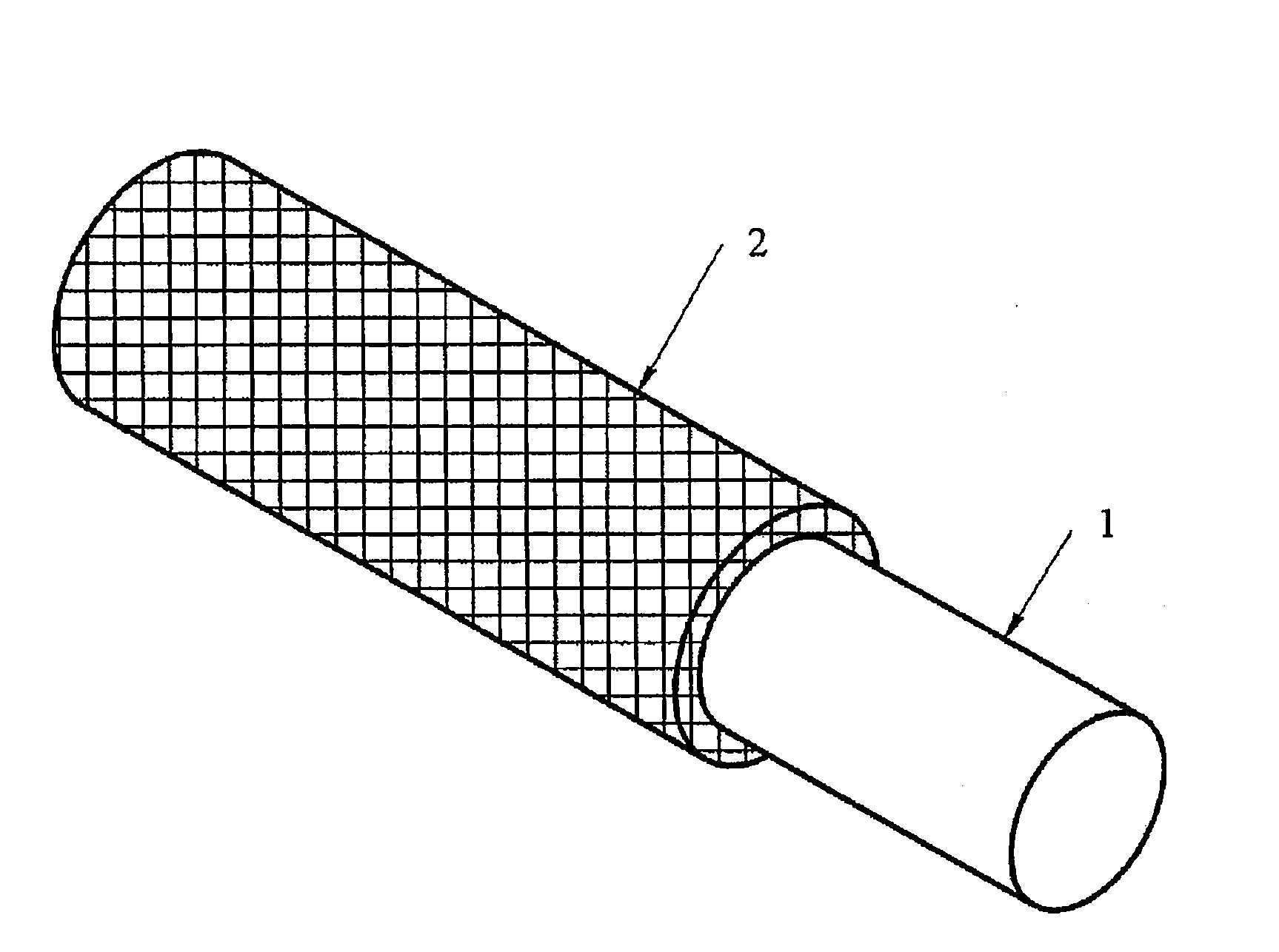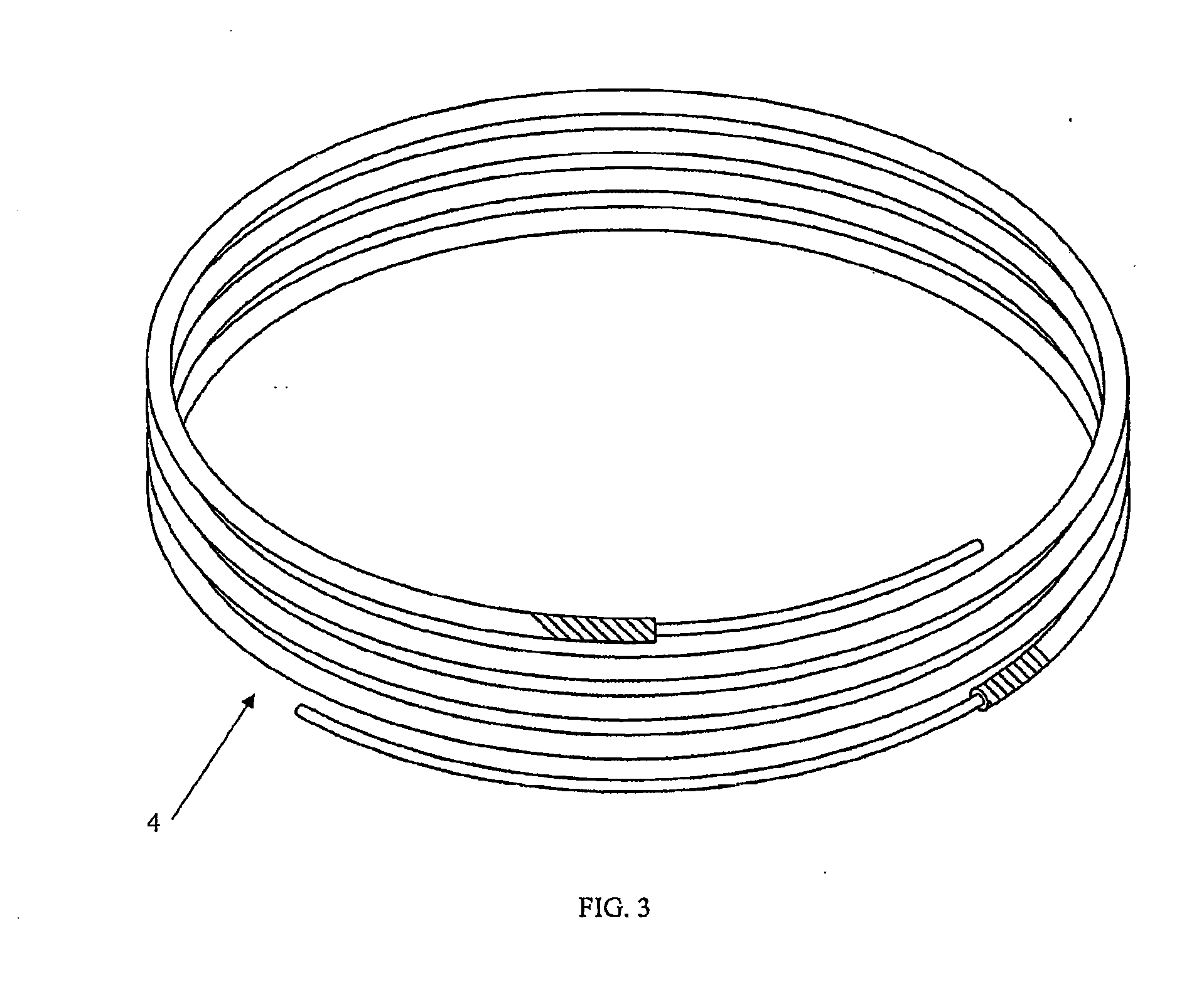Brazing Material Containing A Flux
a technology of flux and brazing material, which is applied in the direction of manufacturing tools, solvents, packaging, etc., can solve the problems so as to achieve the effect of reducing the overall product cost, preventing, limiting or minimizing cracking, peeling, and fracturing or detachment, and sufficient elasticity
- Summary
- Abstract
- Description
- Claims
- Application Information
AI Technical Summary
Benefits of technology
Problems solved by technology
Method used
Image
Examples
Embodiment Construction
[0039]Applicants have discovered a flux composition suitable for coating or coring a brazing material 1 (when used as either a coating or a coring material the flux is referred to herein as a “flux coating composition”) and that retains both sufficient hardness or toughness (durability) and sufficient flexibility (elasticity) so that the coated or cored brazing material 1 may be bent, conformed, or deformed as needed to enhance the usefulness and effectiveness of the brazing. The flux coating composition 2 of the present invention preferably utilizes a clean burning binder that yields a brazed joint substantially free of impurities or joint contamination.
[0040]Through extensive experimental investigation Applicants have discovered that a flux coating composition 2 should preferably have at least one of the following characteristics or properties:
[0041](a) The elastomer solution (e.g., the elastomer and any solvent used with the elastomer) when mixed with a flux powder or flux paste ...
PUM
| Property | Measurement | Unit |
|---|---|---|
| temperatures | aaaaa | aaaaa |
| temperatures | aaaaa | aaaaa |
| length | aaaaa | aaaaa |
Abstract
Description
Claims
Application Information
 Login to View More
Login to View More - R&D
- Intellectual Property
- Life Sciences
- Materials
- Tech Scout
- Unparalleled Data Quality
- Higher Quality Content
- 60% Fewer Hallucinations
Browse by: Latest US Patents, China's latest patents, Technical Efficacy Thesaurus, Application Domain, Technology Topic, Popular Technical Reports.
© 2025 PatSnap. All rights reserved.Legal|Privacy policy|Modern Slavery Act Transparency Statement|Sitemap|About US| Contact US: help@patsnap.com



